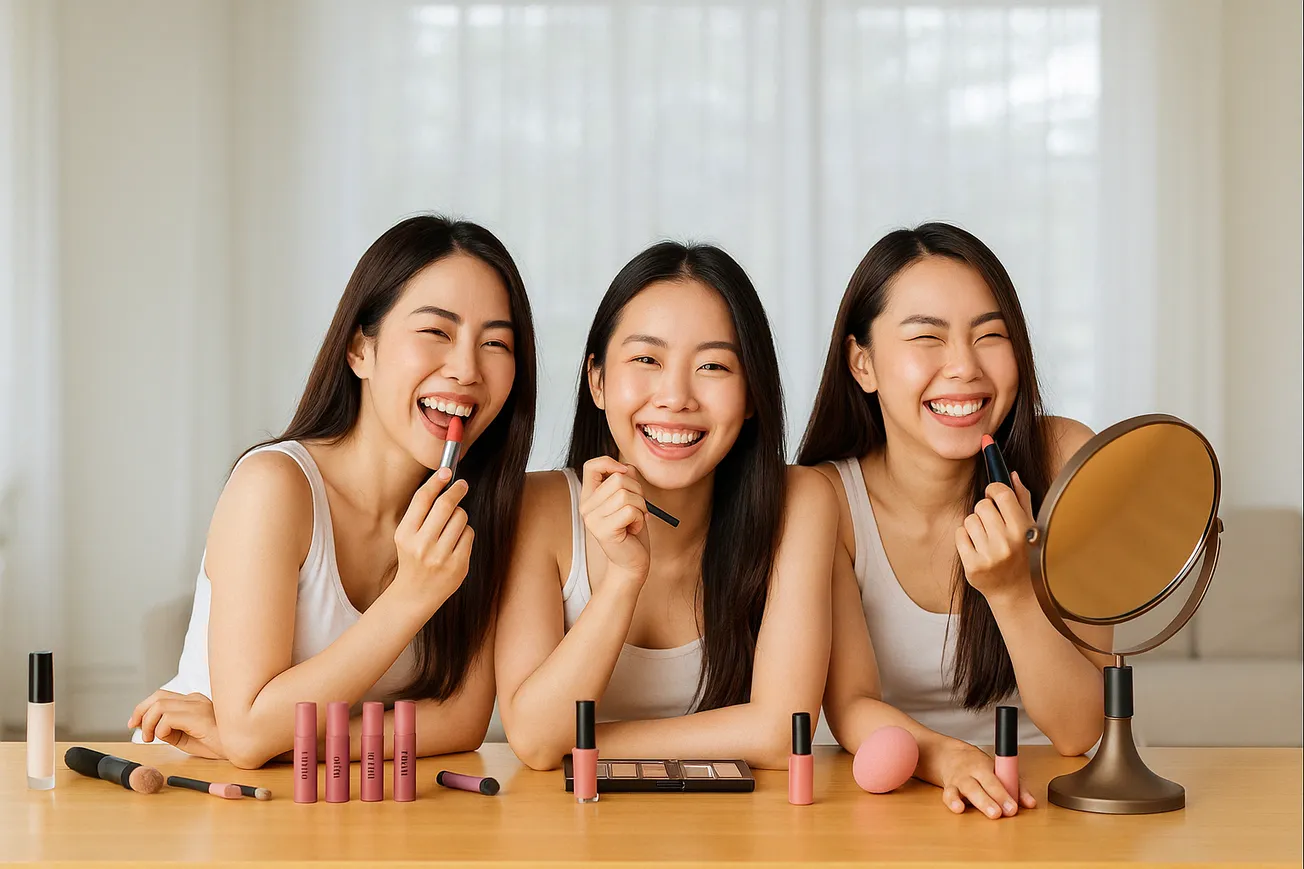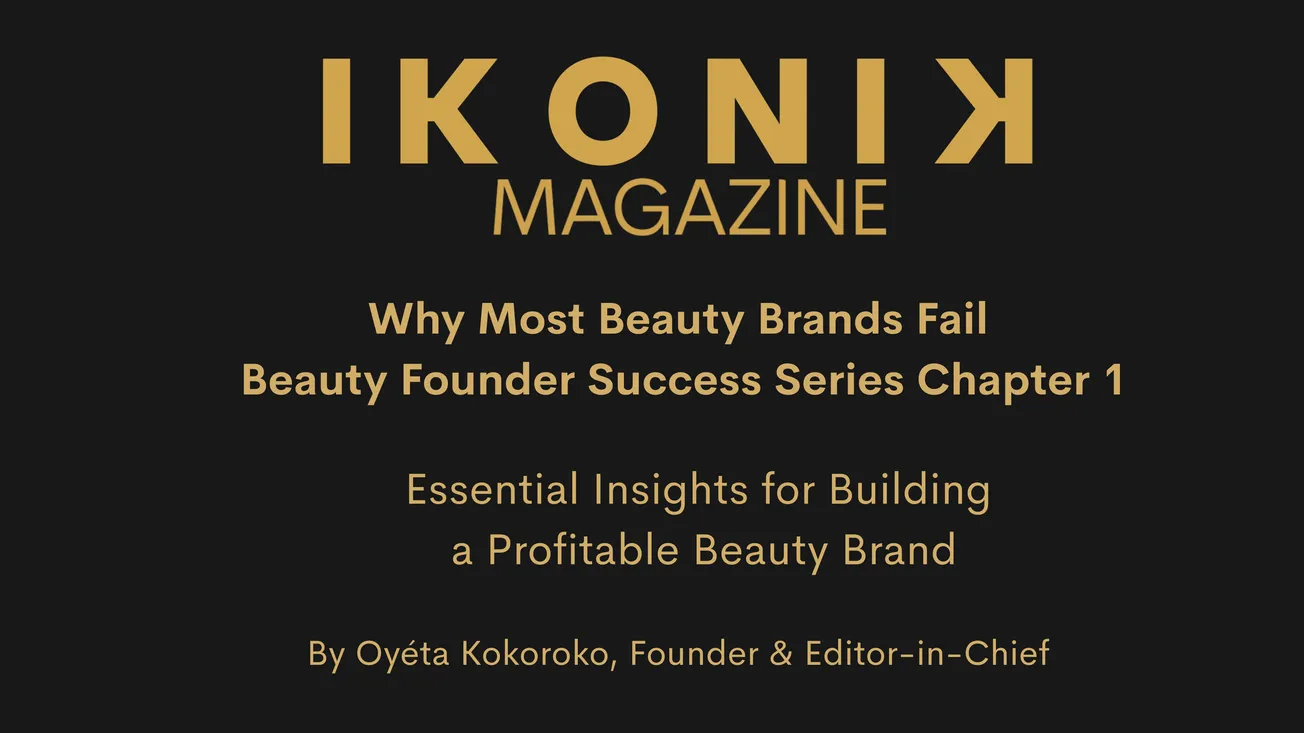Korean cosmetics achieved a historic milestone last year, securing the top spot in the U.S. imported cosmetics market for the first time. With sales reaching an impressive $1.906 billion in the U.S. alone, K-beauty has solidified its position as a global powerhouse. Until 2023, France had long dominated the U.S. cosmetics market, supported by a strong portfolio of beauty brands with rich heritage. However, last year marked a turning point, as K-beauty surpassed France in the U.S. market, reaffirming its global influence.
Exports to the U.S. saw significant growth across most product categories. Skincare products led the surge with a 77.3% increase, rising from $600 million to $1.06 billion. Personal cleansing products experienced an even more dramatic rise of 150.6%, jumping from $200 million to $600 million, while color cosmetics grew by 17.2%, from $160 million to $190 million.
What Makes Korean Cosmetics So Captivating to North American Consumers?
K-beauty’s rise in North America has been fueled by shifting consumer behavior and growing appreciation for Korean skincare values. As more consumers seek healthier, more natural skincare routines—especially following the COVID-19 pandemic—K-beauty stands out for its use of high-quality, gentle ingredients and skin-barrier-repairing formulations that suit even the most sensitive skin.
North American consumers, who have traditionally focused on makeup, have now turned their attention to skincare due to increased skin concerns from daily mask-wearing. In response, they are embracing consistent skincare routines and solutions tailored to their skin type. This growing demand has aligned perfectly with K-beauty’s strengths.
Trends such as “glass skin,” “no makeup makeup,” and the minimalist “clean girl” aesthetic have further driven K-beauty’s popularity. These looks emphasize a natural, radiant complexion with minimal product use—something K-beauty excels at with its lightweight textures and glow boosting products. Korean products like cleansers and sunscreens now top Amazon’s bestseller lists, reflecting their reputation for being low-irritant and made with effective, natural ingredients.
As a result, K-beauty has emerged not just as a passing trend, but as a trusted and aspirational choice for modern skincare.
How Indie Brands Are Driving K-Beauty’s Global Expansion
Indie beauty brands are rapidly taking center stage in the global K-beauty market. According to Korea's Ministry of SMEs and Startups, these brands accounted for an impressive 68% of the country’s total cosmetic exports from January to September 2024. By shifting distribution to online platforms and drugstores, indie brands have successfully tapped into niche markets, attracting consumers with their emphasis on individuality, creativity, and affordable pricing.
A key driver of their success lies in the strategic use of ODM (Original Design Manufacturer) companies for product development. This approach enables indie brands to dedicate more resources to marketing and sales while Korean ODMs stay ahead of evolving beauty trends, ensuring high standards for ingredients and product quality. Additionally, international certifications such as vegan and halal have supported their seamless expansion into overseas markets.
Equally important, many indie brands skillfully leverage digital platforms like TikTok, Instagram Reels, and YouTube Shorts to resonate with young, trend-sensitive consumers. By collaborating with influencers who drive beauty trends, they amplify their visibility and expand their global reach. At the same time, the explosive rise of K-culture—spanning K-pop, K-dramas, and Korean food—has fueled global interest in K-beauty, boosting the effectiveness of digital marketing strategies.
In addition, their embrace of diversity has been instrumental in their global expansion. A notable example is TIRTIR’s Red Cushion, which became a success story after responding to feedback from a Black influencer who highlighted limited foundation shade options. In just one year, the brand expanded its range from 3 to 45 shades, showcasing a consumer-first mindset that boosted both its brand image and product visibility. This case highlights how cultural awareness and adaptive marketing can powerfully boost global growth.
Conclusion
As K-beauty continues to dominate North American markets, the success of Korean cosmetics provides valuable insights for all players in the beauty industry. The key takeaway is the importance of innovation, adaptability, and consumer-centric marketing.
By leading evolving trends, prioritizing high-quality ingredients, and leveraging digital platforms, beauty brands can capture the attention of today’s trend-conscious consumers. Additionally, fostering inclusivity and actively responding to consumer feedback can build stronger brand loyalty and fuel global growth.
For those in the beauty industry, the message is clear: understanding your audience, staying agile, and keeping ahead of market shifts are essential to establishing a lasting presence in today’s competitive global beauty landscape.
K-beauty’s journey offers not just inspiration, but a roadmap that reminds us that beauty is as much about listening and evolving as it is about innovation.
Yeji Kim is a cosmetics industry professional with expertise in K-beauty market trends and insights.
Source
- Korea International Trade Association (KITA), Korea Trade Statistics Promotion Institute (KTSPI)
- Riding the second wave of K-beauty in the US market
- Best Korean Moisturizers
- Market Analysis Report: K-beauty Products Market Size, Share & Trends Analysis Report By Product (Skin Care, Hair Care), By End-user, By Distribution Channel (Supermarkets & Hypermarkets, Online), By Region, And Segment Forecasts, 2023 - 2030
- Grand View Research - K-beauty Products Market Report
- Yakup - Korean Cosmetics News
- Korea JoongAng Daily
- KED Global











